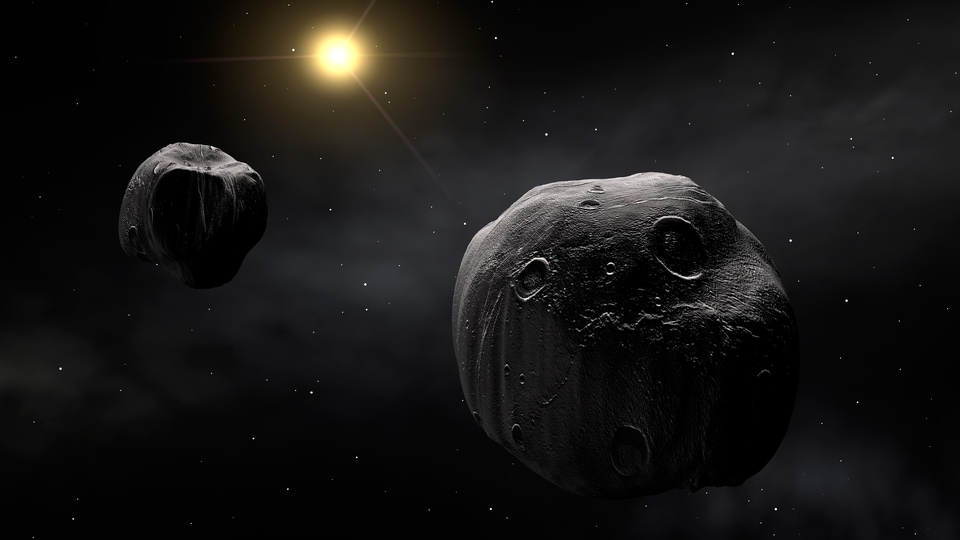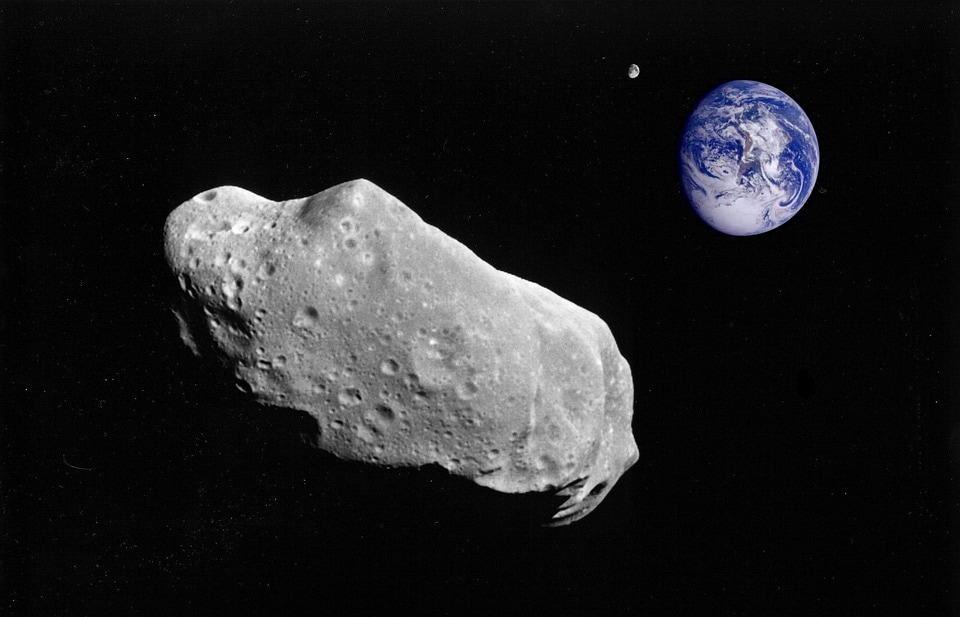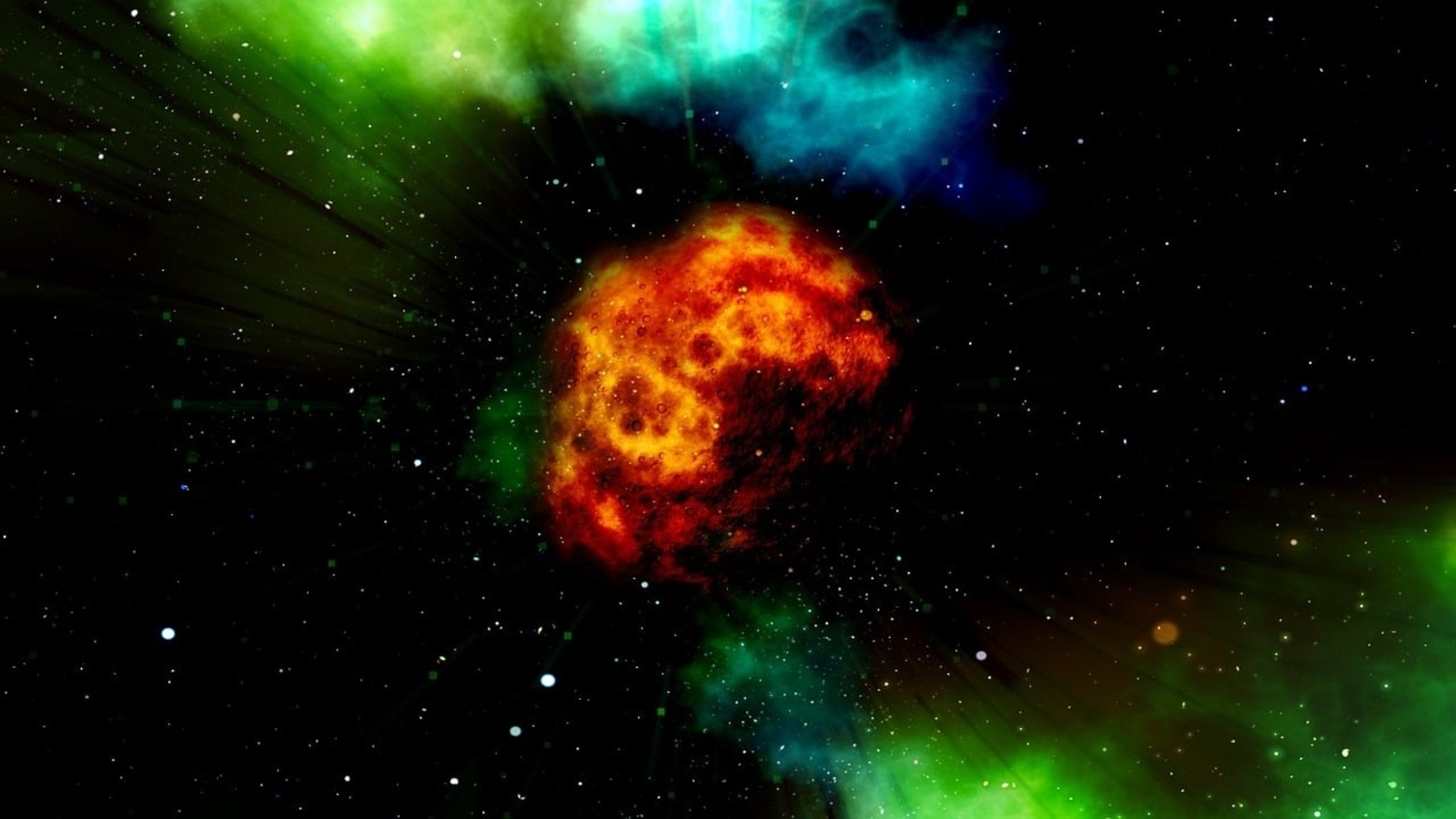NASA reveals aircraft-sized asteroid speeding towards Earth!
A 67-foot asteroid could make its close approach towards Earth soon! NASA’s Planetary Defense Coordination Office (PDCO) has issued a warning.






 View all Images
View all ImagesNumerous asteroids make close trips to Earth on a daily basis. Although none of these asteroids which zoom past Earth at blistering speed actually hit the surface, they are still classified as Potentially Hazardous Objects due to the close proximity by which they make their close approach. Now, NASA has warned that another asteroid is approaching the Earth soon. Although at the moment it is believed that the asteroid will make a safe passage across, things can change due to a slight deflection in the asteroid's trajectory as a result of interaction with Earth's gravitational field.
Here's what NASA has revealed about this hurtling space rock.
Asteroid 2019 BO2 key details
NASA's Planetary Defense Coordination Office (PDCO) has warned that the asteroid, named Asteroid 2019 BO2, will make its closest approach to Earth tomorrow, January 24, at a distance of 4.6 million kilometers. Now, although the distance might seem a lot, it is relatively a small number in astronomical distances. In fact, the asteroid is already travelling towards Earth, at a blistering speed of 58345 kilometers per hour! It is relatively large in size with a width of nearly 67 feet. This means the asteroid is almost as big as a commercial aircraft.
According to the-sky.org, the Asteroid 2019 BO2 was discovered back on January 26, 2019. It belongs to the Apollo group of asteroids, which are a group of Near-Earth asteroids named after the humongous 1862 Apollo asteroid, discovered by German astronomer Karl Reinmuth in the 1930s.
The Asteroid 2019 BO2 takes just 486 days to orbit the Sun during which its maximum distance from the Sun is 242 million kilometers and minimum distance is 120 million kilometers.
Did you know?
Astronomers have spotted three near-Earth asteroids (NEA) hiding in the glare of the Sun.
One of the asteroids is the largest object that is potentially hazardous to Earth to be discovered in the last eight years. A team using the Dark Energy Camera (DECam) mounted on the Victor M. Blanco 4-meter Telescope in Chile, a Program of NSF's NOIRLab, discovered these asteroids.
This is a notoriously challenging region for observations because asteroid hunters have to contend with the glare of the Sun. By taking advantage of the brief yet favorable observing conditions during twilight, however, the astronomers found this elusive trio.
Catch all the Latest Tech News, Mobile News, Laptop News, Gaming news, Wearables News , How To News, also keep up with us on Whatsapp channel,Twitter, Facebook, Google News, and Instagram. For our latest videos, subscribe to our YouTube channel.




























